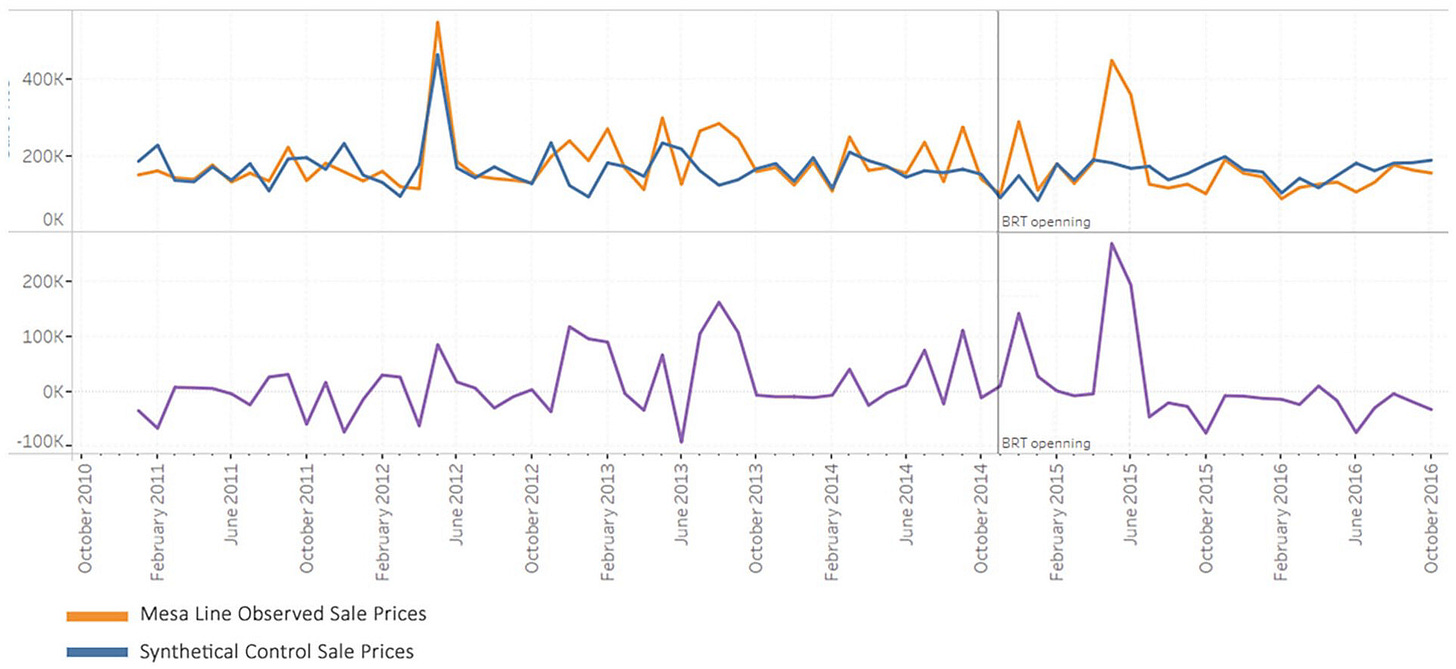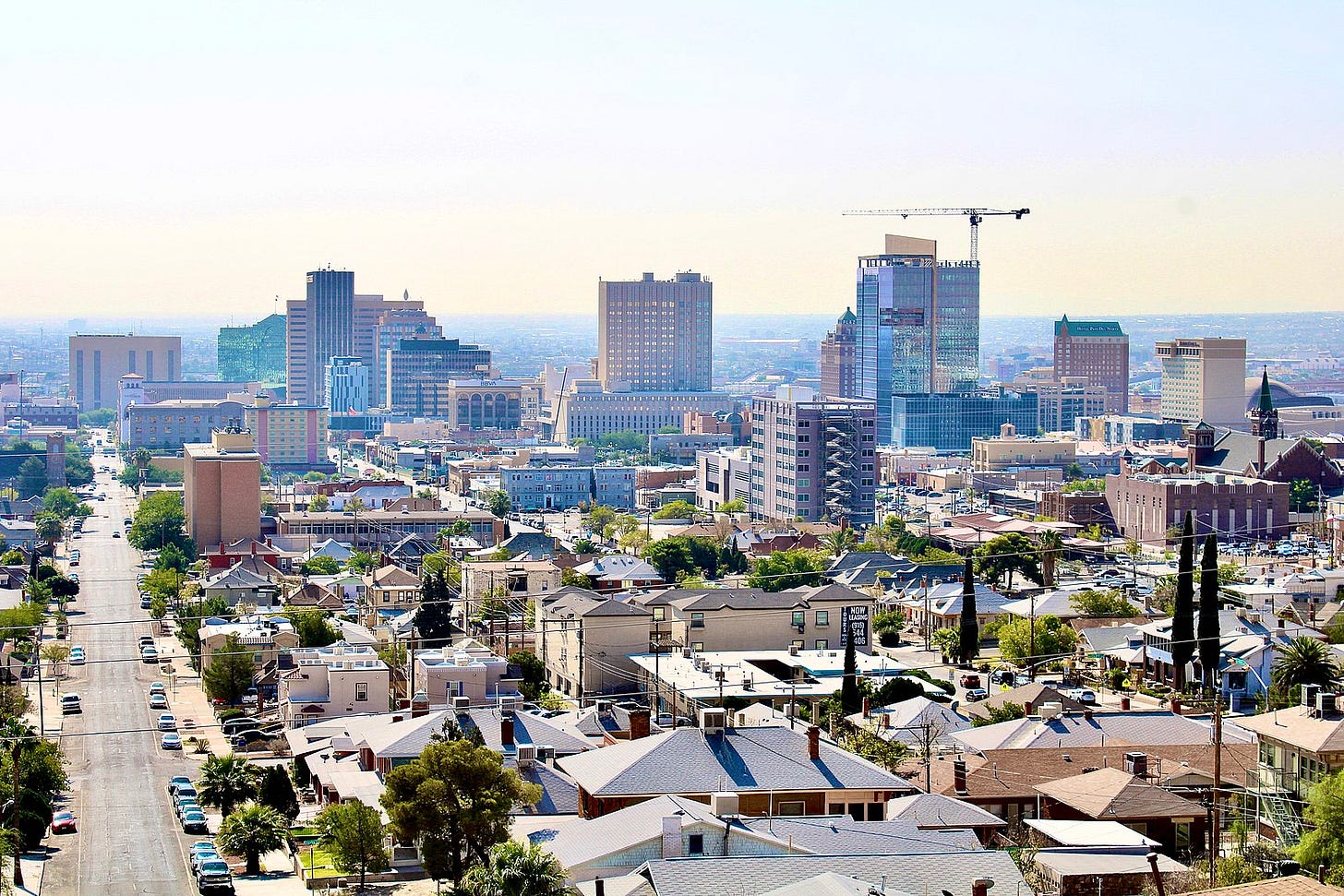Bus Rapid Transit
How Bus Rapid Transit Shapes Home Prices—And Why It’s Not the Same Everywhere
Imagine a new transit line promising faster commutes, fewer cars on the road, and rising home values. Sounds like a win for everyone, right? Not so fast. A new study in El Paso, TX, uncovers a surprising truth: BRT (Bus Rapid Transit) impacts home prices differently depending on the neighborhood

Using a deep dive into over 51,000 home sales, researchers compared two BRT corridors—Mesa and Alameda & Dyer. One corridor saw property values jump by 4%, adding thousands to home prices. The other? No significant change. Why the difference?
The study reveals that lower-income neighborhoods benefited more from BRT, while wealthier areas—where people already owned cars and had better transit access—barely felt the impact. Simply put, BRT matters more when it fills a real transportation gap.


Homes near the Alameda & Dyer line saw a 4% price increase after the BRT opened, adding thousands of dollars in value. But along the Mesa corridor, where home prices were already higher, BRT had no noticeable effect. Why? In the wealthier neighborhoods, residents are more likely to own cars and already have good infrastructure, making the new transit system less impactful. Meanwhile, in lower-income areas, BRT dramatically improves mobility, making homes more attractive to buyers.
But that’s not all. The study suggests that BRT can be a powerful tool for revitalizing less-developed neighborhoods, offering better access to jobs, services, and economic opportunities. This challenges the traditional one-size-fits-all approach to public transit planning. Instead of assuming that transit investment will benefit all communities equally, cities need targeted strategies to ensure transit systems actually help the people who need them most.

The takeaway? Mass transit isn’t just about moving people—it’s about shaping cities and creating economic opportunity. But for it to work, transit planners must understand the unique needs of different communities and design projects that deliver real value where it’s needed most. For policymakers, the takeaway is clear: investing in public transit can boost property values, but only when it meets the specific needs of the community. Ignoring local context can mean wasted resources and minimal impact.
The question remains: Are we building transit for convenience—or for real impact?
If you’re interested to read more about this, check out Yang Song, Chanam Lee, Yougre Noh, Wei Li, and Hanwool Lee’s article in the Journal of Planning Education and Research (JPER)!
Citation: Song, Y., Lee, C., Noh, Y., Li, W., & Lee, H. (2025). Bus Rapid Transit Impact on Property Prices: Comparing Two Natural Experiments in El Paso, TX. Journal of Planning Education and Research, 0(0). https://doi.org/10.1177/0739456X251317541


